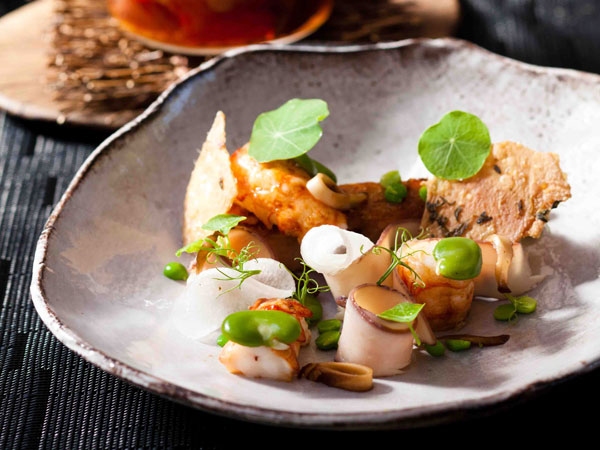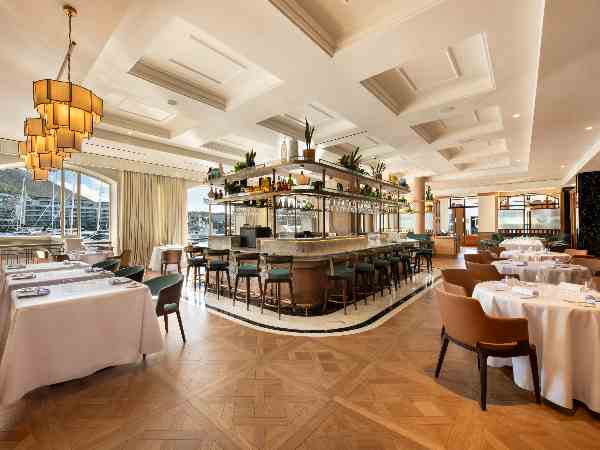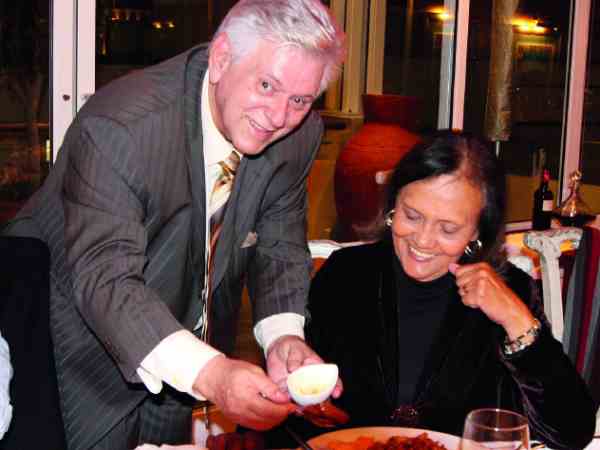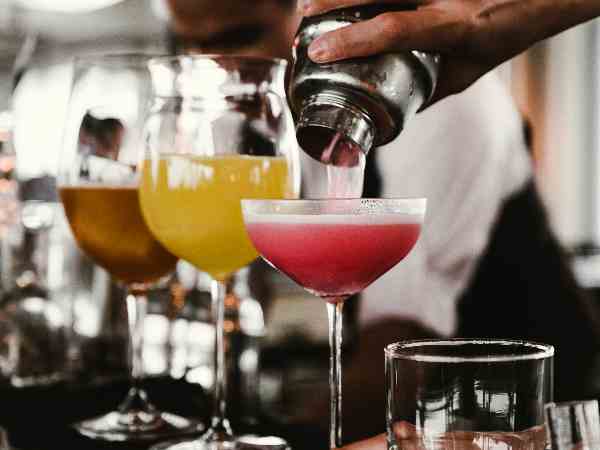News
Partner content: How The Potter’s Gallery makes restaurant-quality crockery
Friday, April 1st, 2016
On 1 July 1991, when Kleinmond was still a small dusty town, Corinne De Haas, her then-husband Robbie van den Berg, and brother Tobias de Haas started a studio workshop. Coming from corporate environments, they had a common motivation: the idyllic concept of getting out of the rat race. Today, the business employs four full-time staff and two part-time staff and the studio supplies some of South Africa’s most prestigious restaurants. Clients include Eat Out Restaurant of the Year, The Test Kitchen, Top 10 restaurant The Pot Luck Club, and Top 10 nominee Camphors at Vergelegen, and an impressive list of top restaurants like Singita Lodges and The Kitchen at Weylandts. They also supplied the custom crockery used at the most recent Eat Out Mercedes-Benz Restaurant Awards.
Eat Out chatted to Corinne to find out how the team comes up with its beautiful designs.
Where do you find inspiration for your designs?
The seductive medium of clay is inspiration in itself, and the pristine natural environment of the Kogelberg Biosphere, where Kleinmond is situated, is the background for designs in many instances.

Open Door is another of The Potter’s Gallery’s restaurant clients. Pictured here is a tapas bowl with one of Open Door’s previous dishes, lemon-butter poached crayfish. Photo courtesy of Open Door.
Mineral- and oxide-pigmented clays as natural elements are used in the design of the Down to Earth range. A specific method of rolling out coloured clays to shape the “colour texture” of the asymmetrical plates of that range speaks of the rock faces and textures in our mountain backdrop. The colour of the ocean provides inspiration for the translucent glazes of other items.
Can you talk us through the process of making a plate?
In my studio we use various methods, the primary ones being throwing and drape moulding.
1. For both methods the clay must first be weighed out to the required weight for the item planned. Then it must be wedged (the potter’s version of kneading) to get the minute little platelets of clay mineral to align, ensuring that the malleability and plasticity of the clay is maximised.
2. In the throwing method, the clay is then firmly placed on the potter’s wheel and water lubrication is used, with the wheel rotating, to shape the clay in three to five progressions. This skill is learnt by dedicated potters, and takes many years to perfect. (This is the method used for making the dishes for the Eat Out event.)

Assistant Emily making a plate using the drape method. Photo supplied.
3. In the drape-moulding method, a form (probably plaster of paris) is used to form a rolled-out slab of clay into the shape of the form. Each different shape needs a different plaster mould/form the produce. This method is therefore less flexible, but can be mastered in a week.
4. The thrown items will be turned later, when the clay is leather hard, to finish it off. The work then has to dry completely before firing in the potter’s kiln. The first firing is called a bisque firing.
Exciting Live footage – Throwing a large mug – By Elvin
Posted by The Potter’s Gallery on Sunday, 15 July 2012
5. After the bisque firing, the glaze is applied and the item is fired a second time, called the gloss firing.
Which materials and glazes do you use – and why?
We use a robust and predictable glaze to produce the signature white colour that we’re famous for, which was also used to glaze the dishes for the Eat Out awards. The reliability of this tin white glaze, a classic white glaze type, is just a pleasure to work with.
For the matt finish work, I use a glaze that doesn’t become shiny when fired. This glaze can give a huge range of results in combination with the under-colours of the clays and oxides used. In this case, the variability is useful and exciting to work with.
Can you wash the pots and plates in the dishwasher and put them in the oven and microwave?
Yes, a custom clay recipe is mixed up for us by Clayman in Cape Town. This clay is robust and ensures that our products are safe for the oven, dishwasher and microwave.

Thrower Elvin working with the wheel. Photo supplied.
Which are your best-selling items?
Over the years, the best sellers have gone through phases of popularity. One of our all-time favourites is the oven-dish collection of lasagne dishes, which come in small, medium and large. Our clients praise these dishes and say that they often get compliments from their guests on the beautiful crockery.
We are also famous for our platters, specifically because they are the largest available on the South African market. These classics are snapped up by loyal customers who are building their collection.
Today, our new Down To Earth Contemporary collection is highly sought-after by individuals and restaurateurs alike. The eclectic nature of this collection makes myriad combinations possible.

A dish at the The Test Kitchen served on crockery from The Potter’s Gallery. Photo courtesy of The Test Kitchen.
What are you working on/developing right now?
With the growth experienced in the hospitality industry, we are constantly working with chefs to make custom serving ware for their specific requirements. For the gallery, we’re working on limited-edition marbled platters, which are great fun. Soon I will be starting a new limited-edition vase selection in the Down To Earth colour range.

A Potter’s Gallery bowl used at Gabrielskloof Restaurant. Photo courtesy of Gabrielskloof.
Do you do bespoke work and commissions, too?
Yes, we enjoy the stimulating aspect of working on custom commissions. Bespoke ware is definitely the growth area of the ceramics industry at the moment, and the 25+ years of experience of Corinne, and more than 50 years combined experience of the other staff members of The Potters Gallery team, makes us well placed in this competitive arena.
Fancy popping in to meet the team?
The Potters Gallery is open seven days a week in Kleinmond, as retail clients remain the backbone of the business. Hand-made ceramic ware ranges in price from R40 to R1000 and upwards. If you would like the undivided attention of Corinne or Claris, the gallery manager, make an appointment to ensure their availability. You can contact The Potter’s Gallery via email on gallery@hand-made.co.za.












